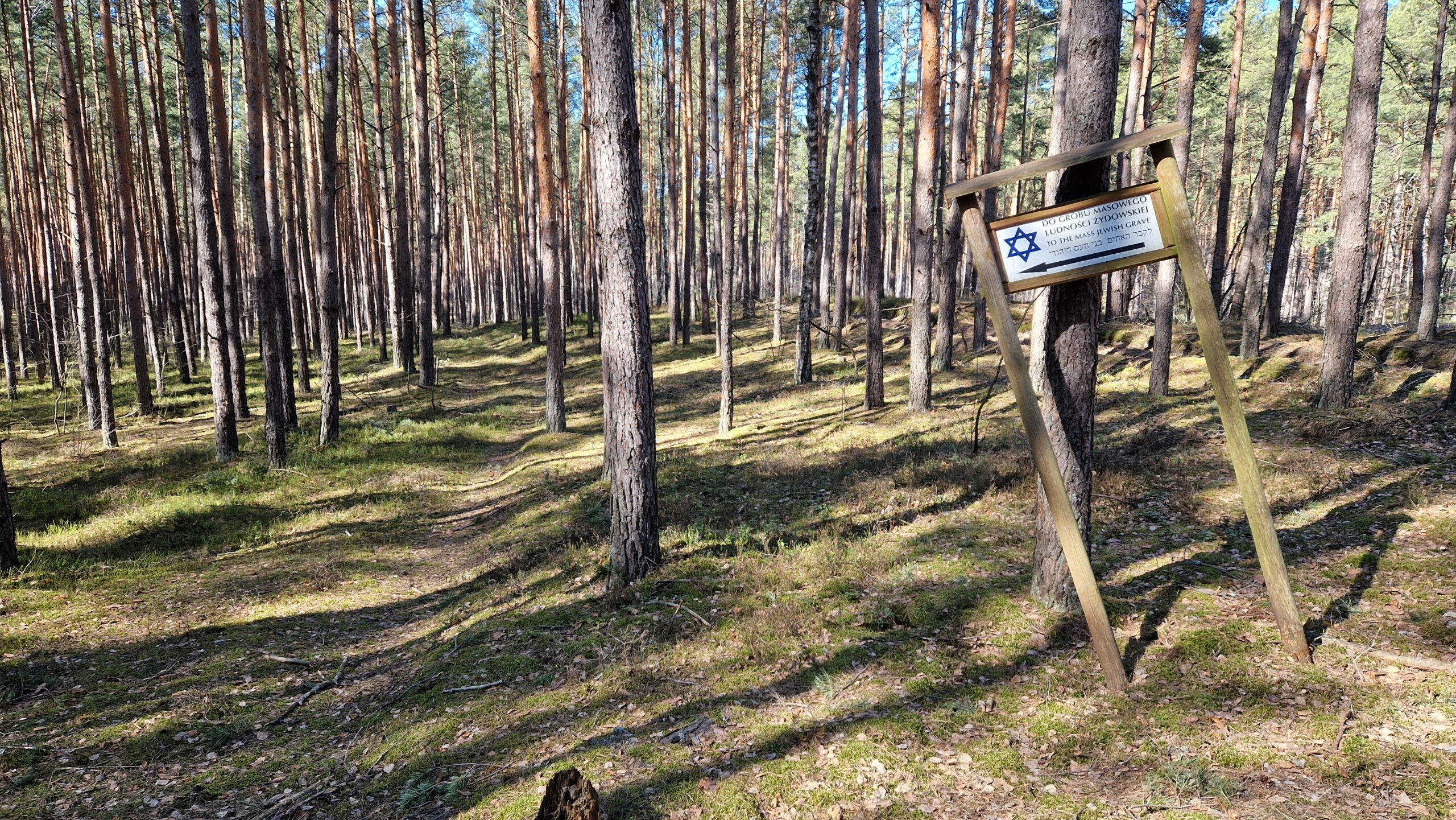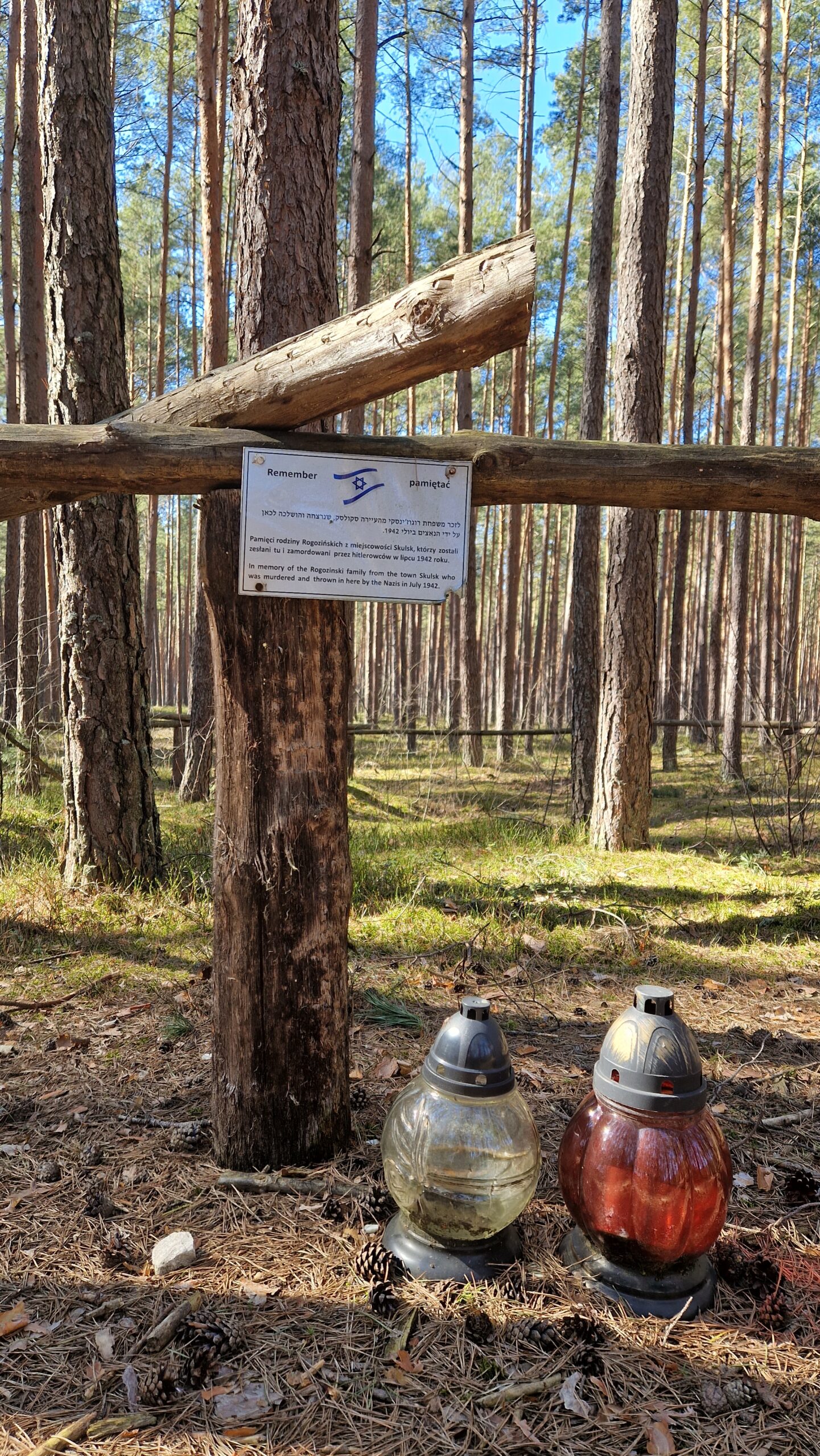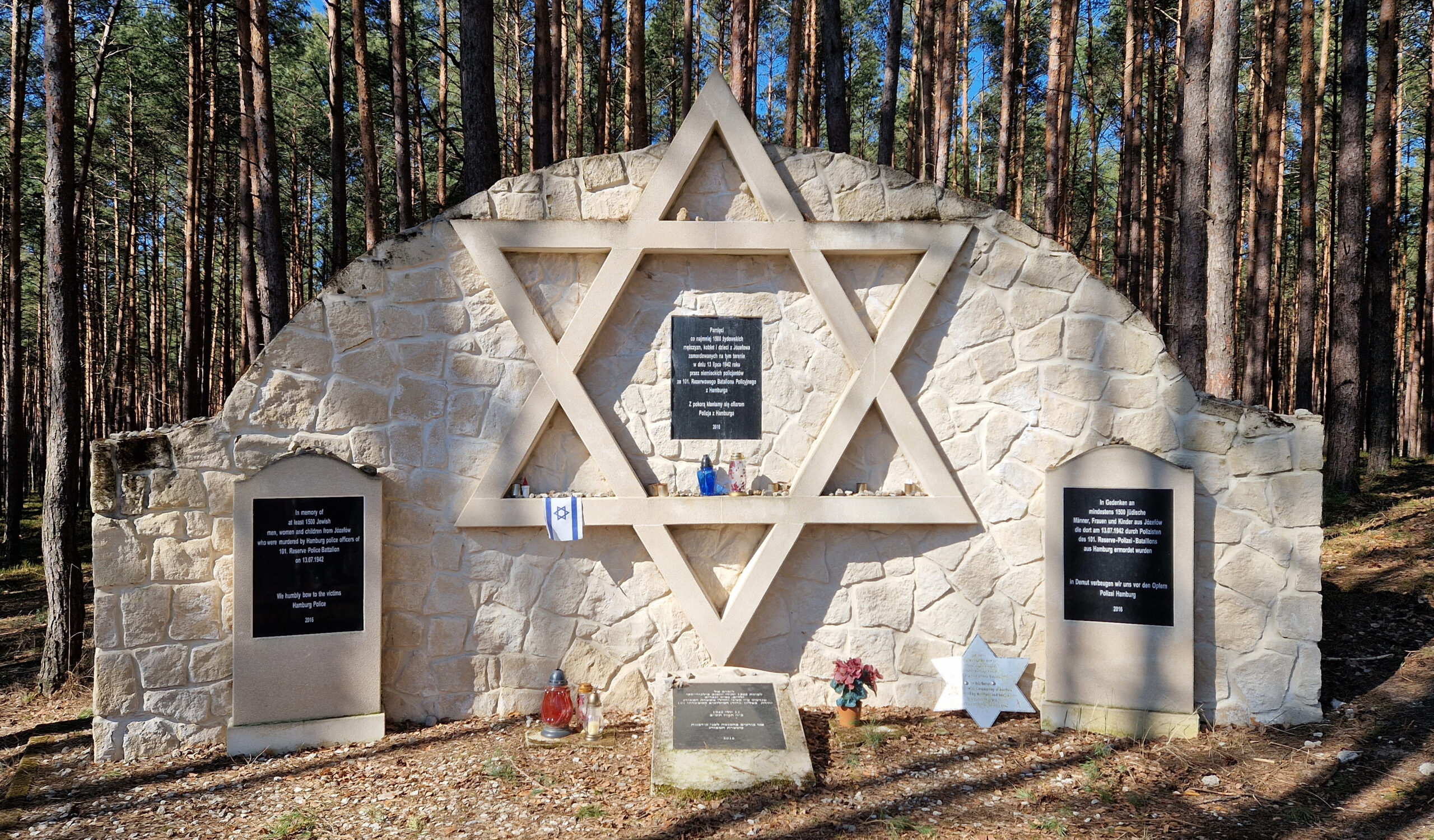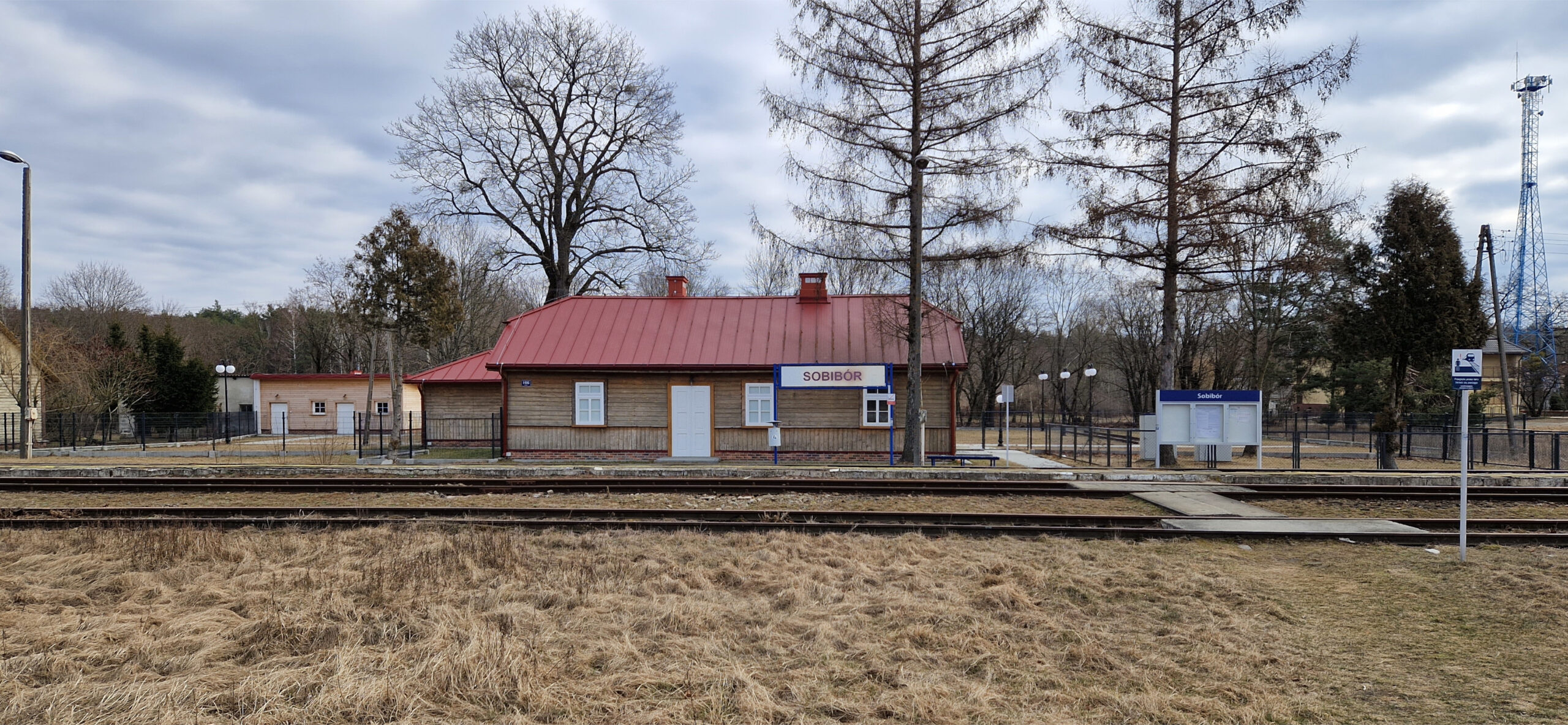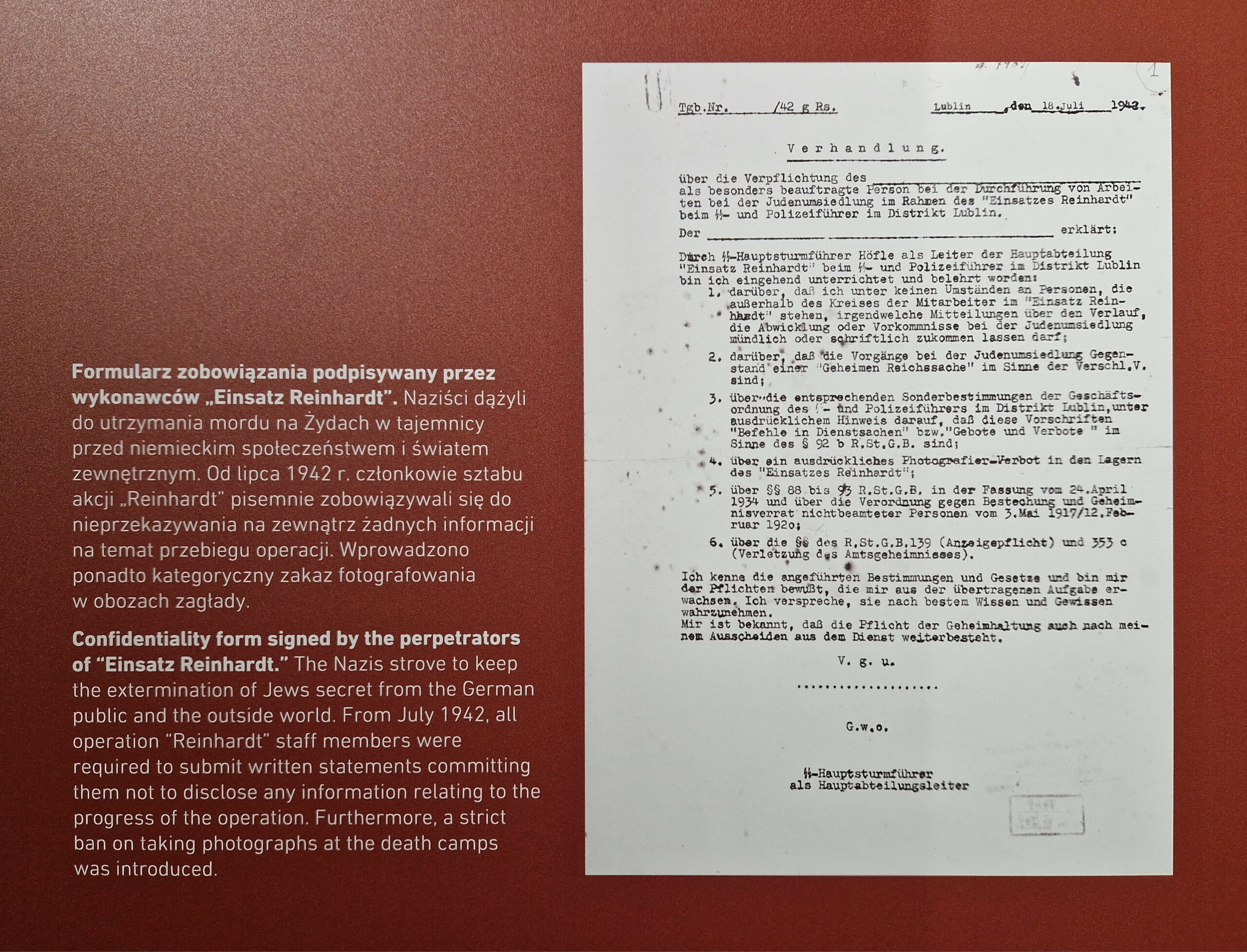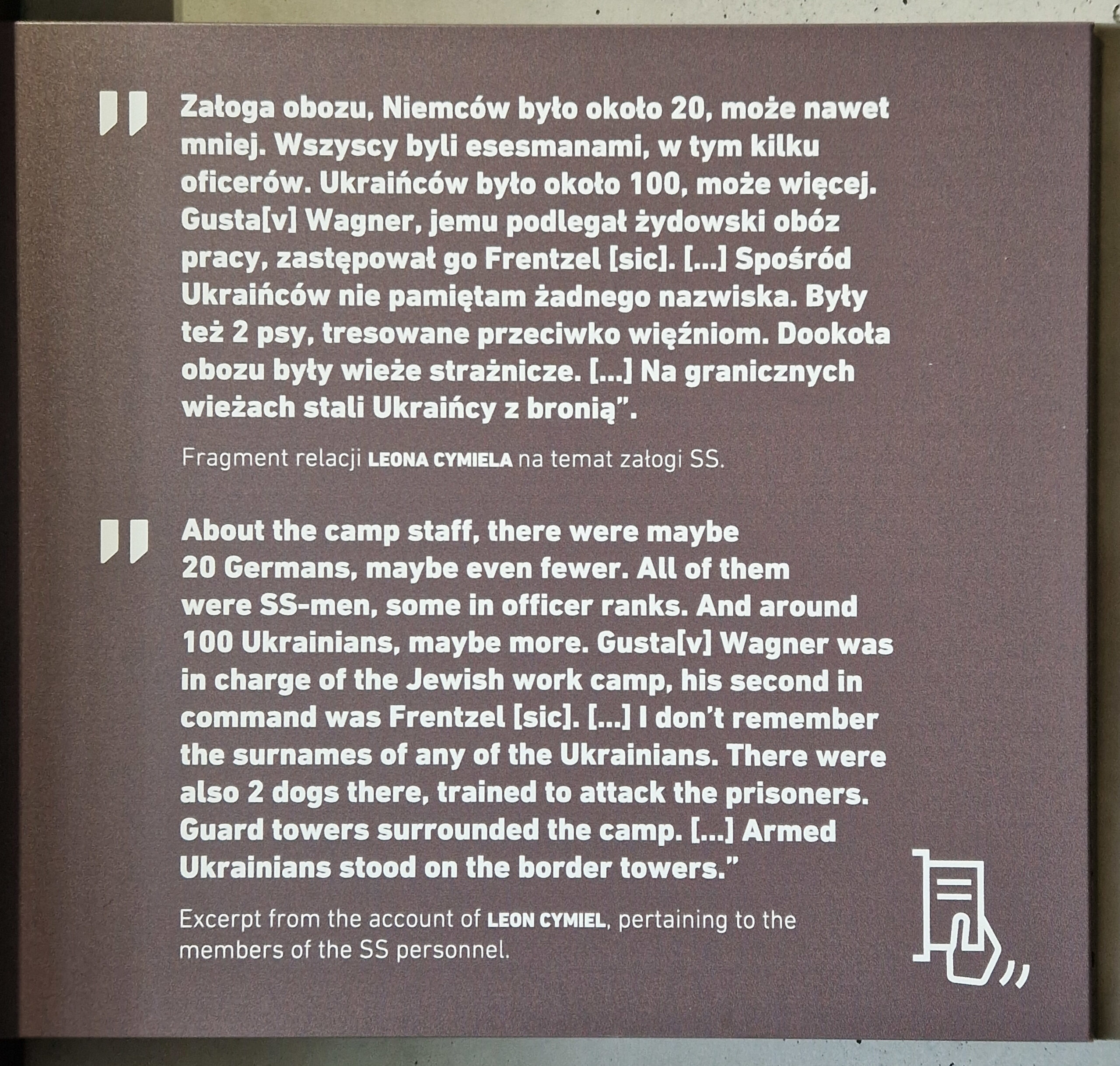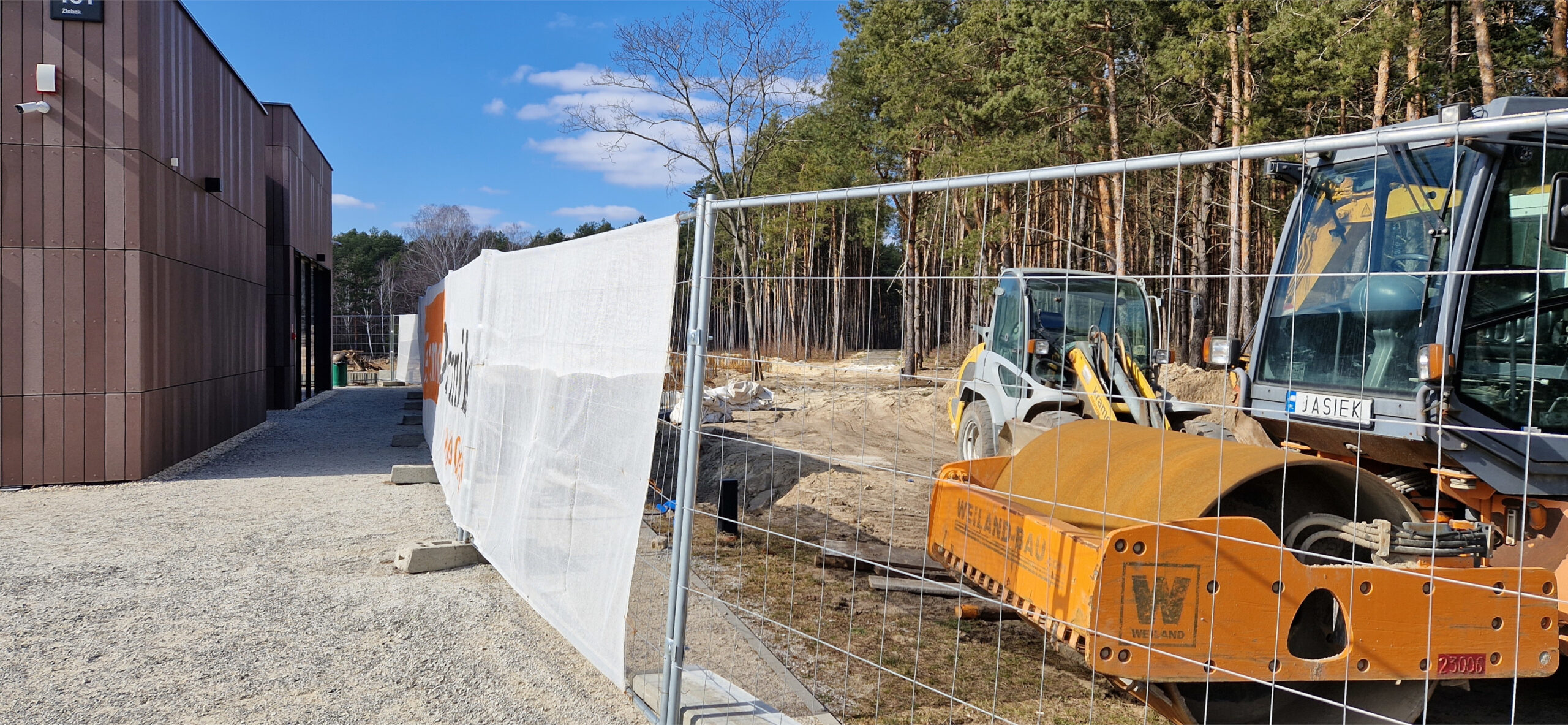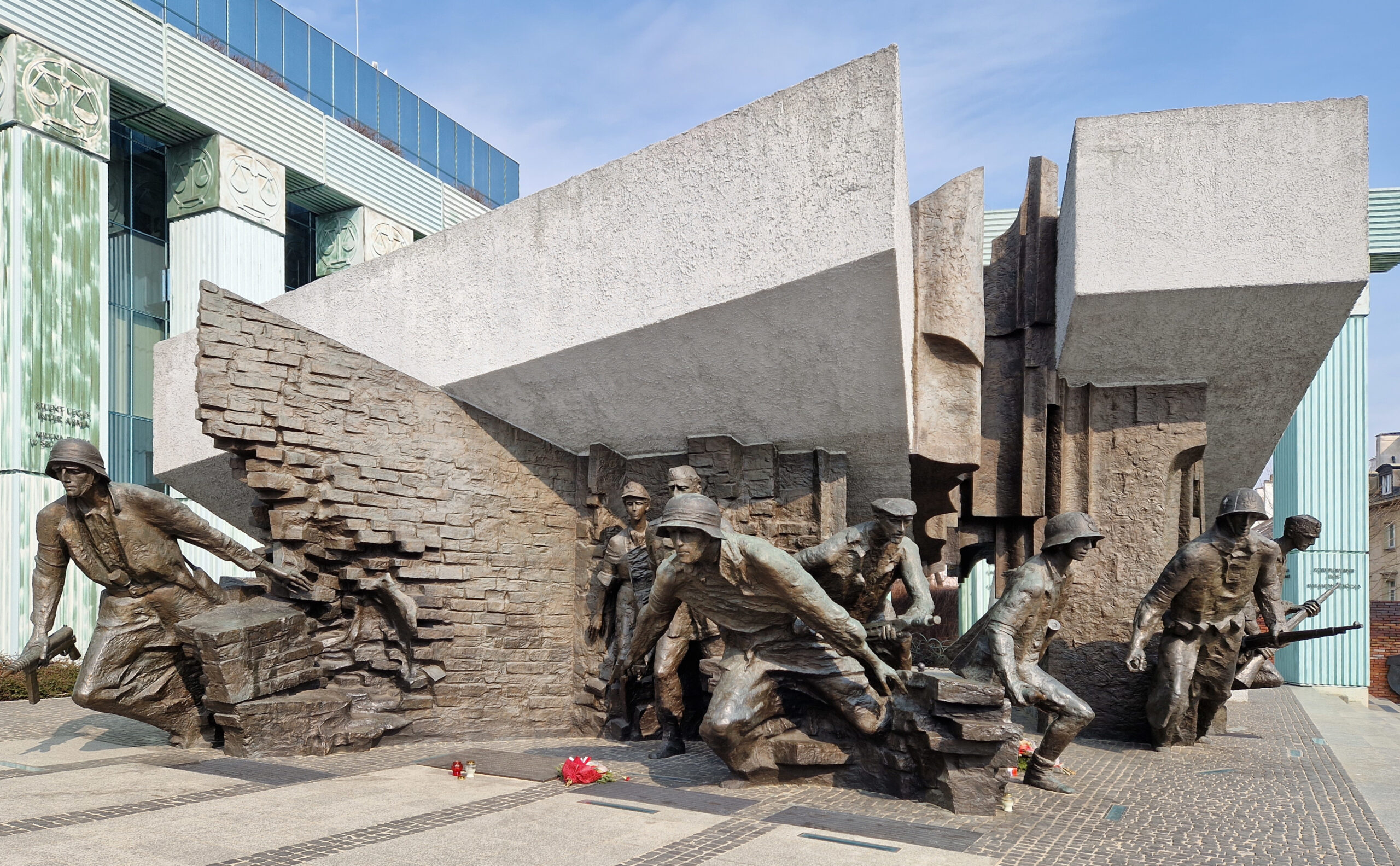


National WW II Museum New Orleans:
The role of women in the Polish resistance movement and the Warsaw Uprising was crucial. Women held a variety of important positions, ranging from traditional female roles—cleaning, making beds, cooking, and delivering food—to serving as couriers and liaison offices. Polish wives, mothers, and grandmothers provided a social infrastructure, worked as nurses, and comforted soldiers.Women were also involved in heavy fighting—one in seven combatants were women. The women’s unit “Dysk,” for instance, was one of five elite “Kedyw” battalions led by Jan Mazurkiewicz. During the first week of the uprising, these well-equipped soldiers succeeded in taking a huge chunk of northern Wola (a district in the western part of Warsaw).
On August 2, 1944, “Dysk” attacked the Waffen SS supply depots at Stawki, where a year and a half earlier the Jewish population of the Warsaw ghetto had been held before being sent to Treblinka. They killed all the German guards and freed a number of Jewish forced laborers. These SS warehouses contained enormous qualities of food, which would help keep the people living in the Old Town sector of Warsaw alive in the weeks to come.
Special sapper units, made up entirely of young women called minerki, saw the most hand to hand combat fighting during August and September.
Ω Ω Ω
As a result of their combatant roles, several women attained high ranks within the AK, such as Mariai Tarnowska, who helped in negotiation talks with the Germans concerning the evacuation of civilians from the city center and the terms for capitulation. One of the most famous, Wanda Gertz, who fought in the Polish Legion attached to the Austro-Hungarian army during World War I, became an officer and commander of an all-female battalion, and was eventually promoted to the rank of Major in September 1944.





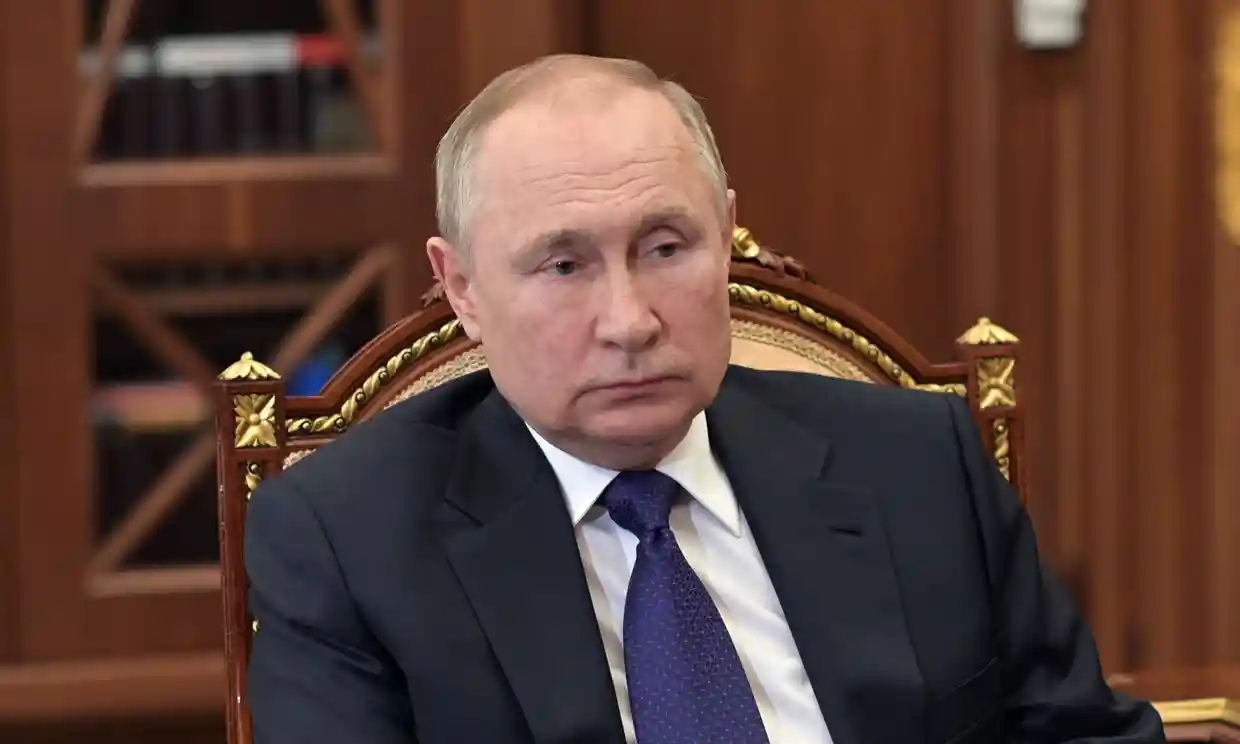
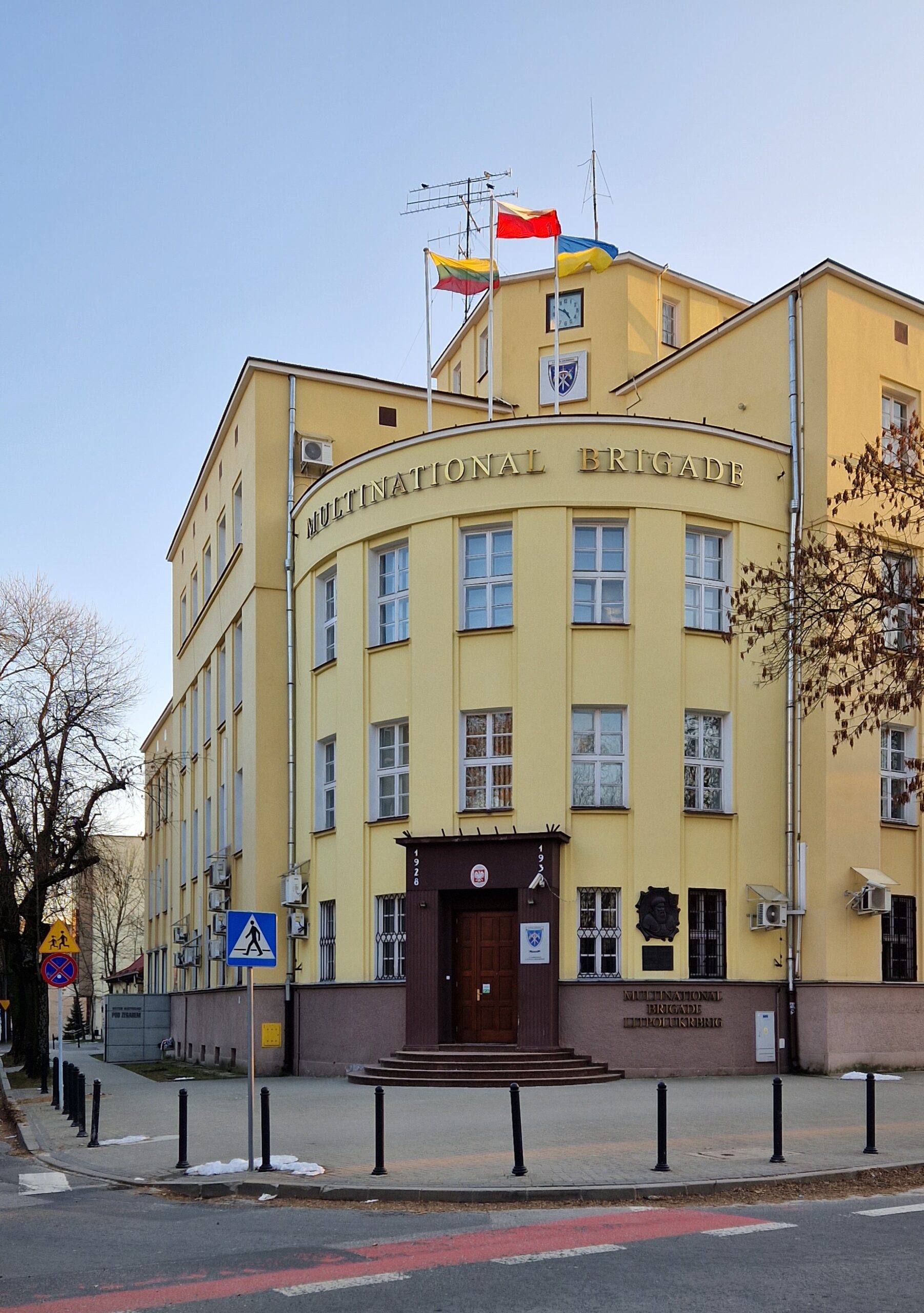
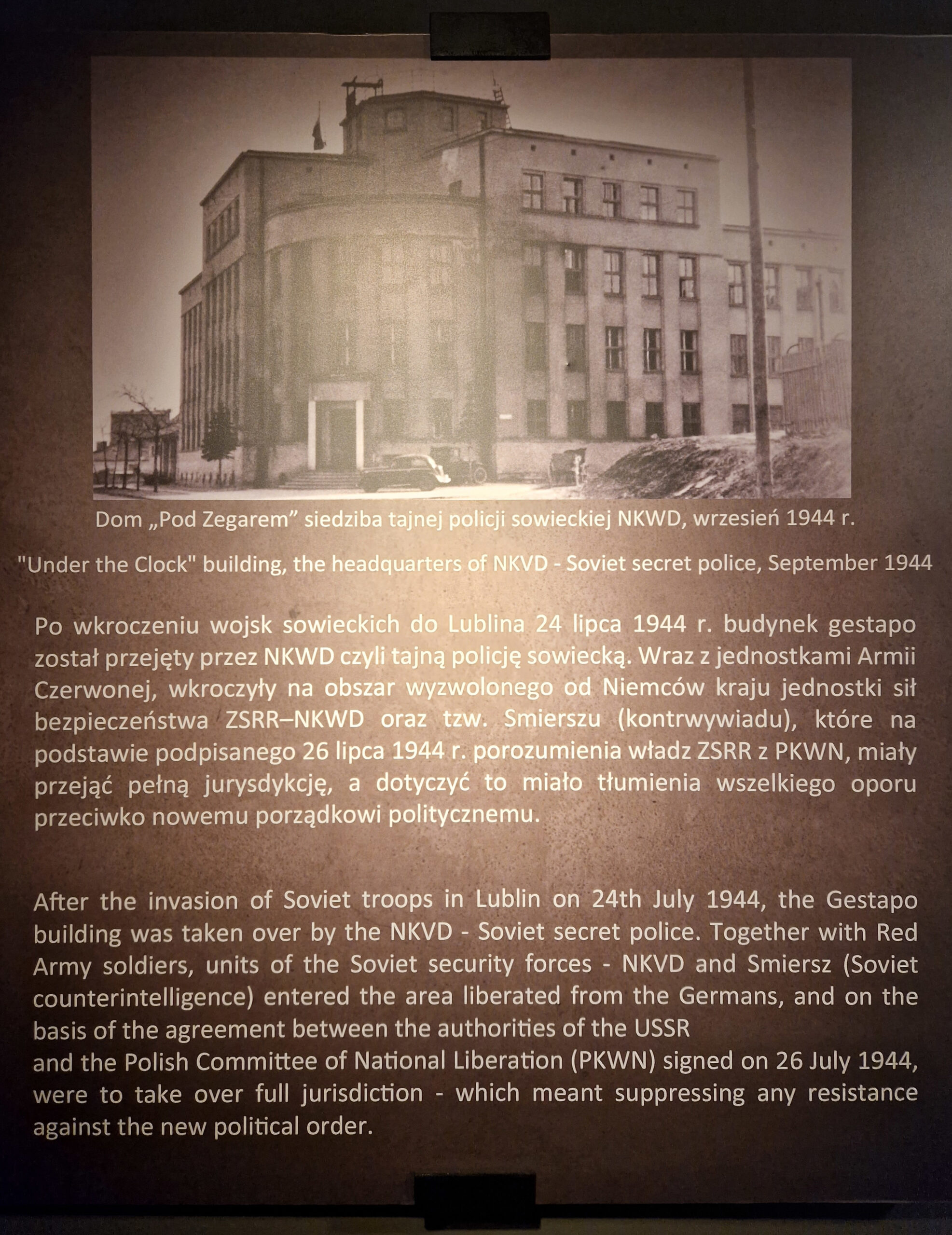
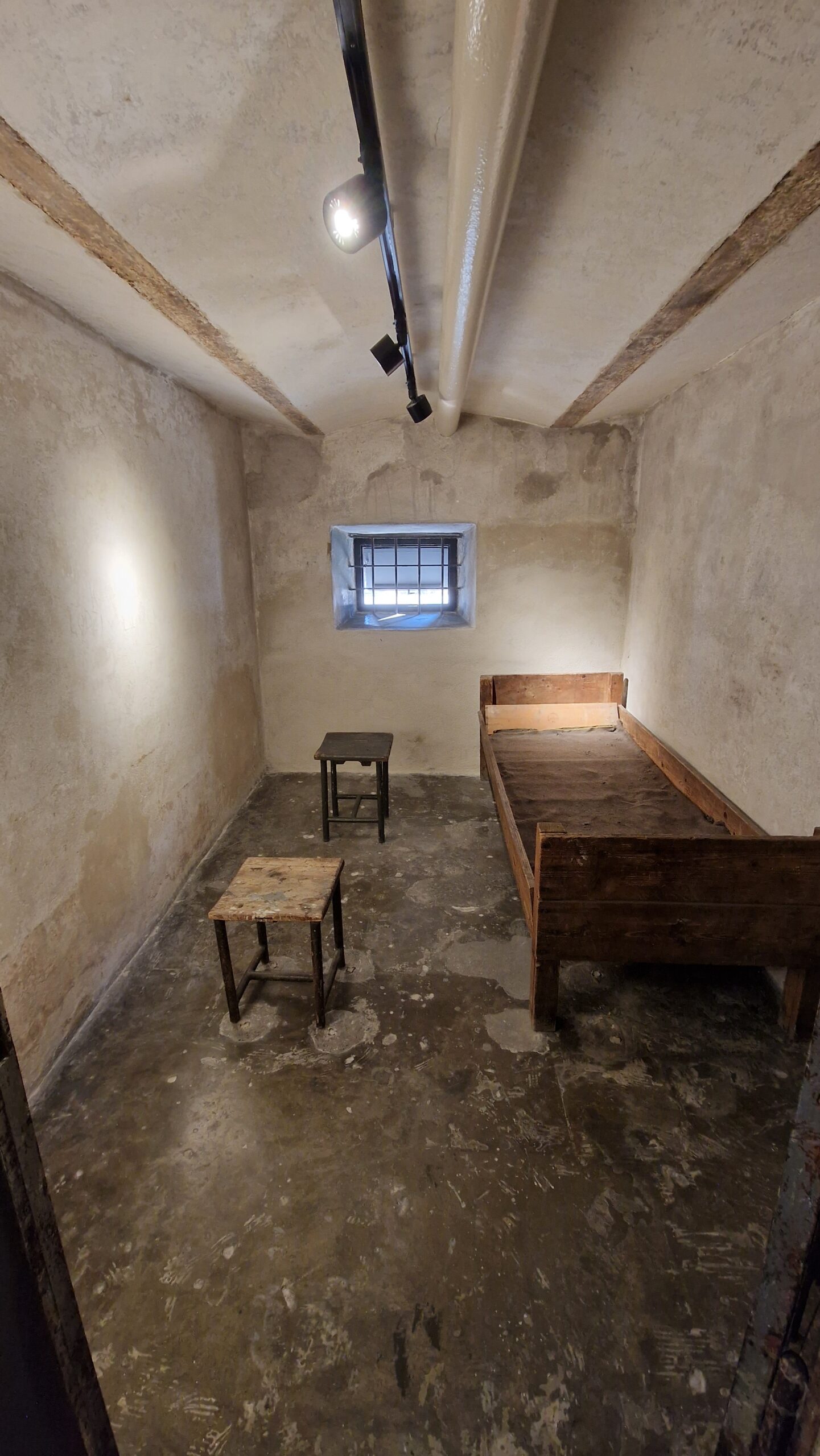
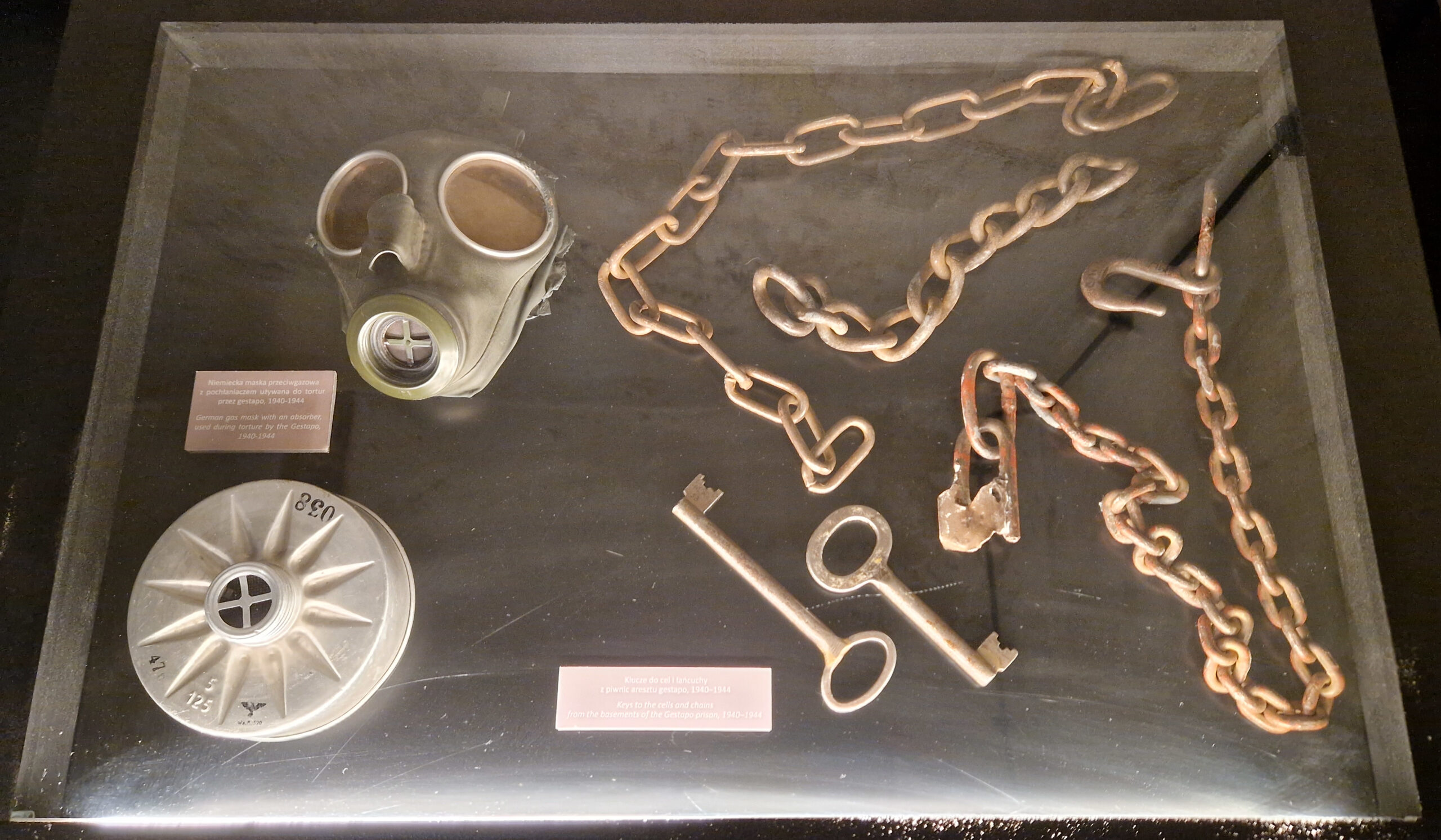
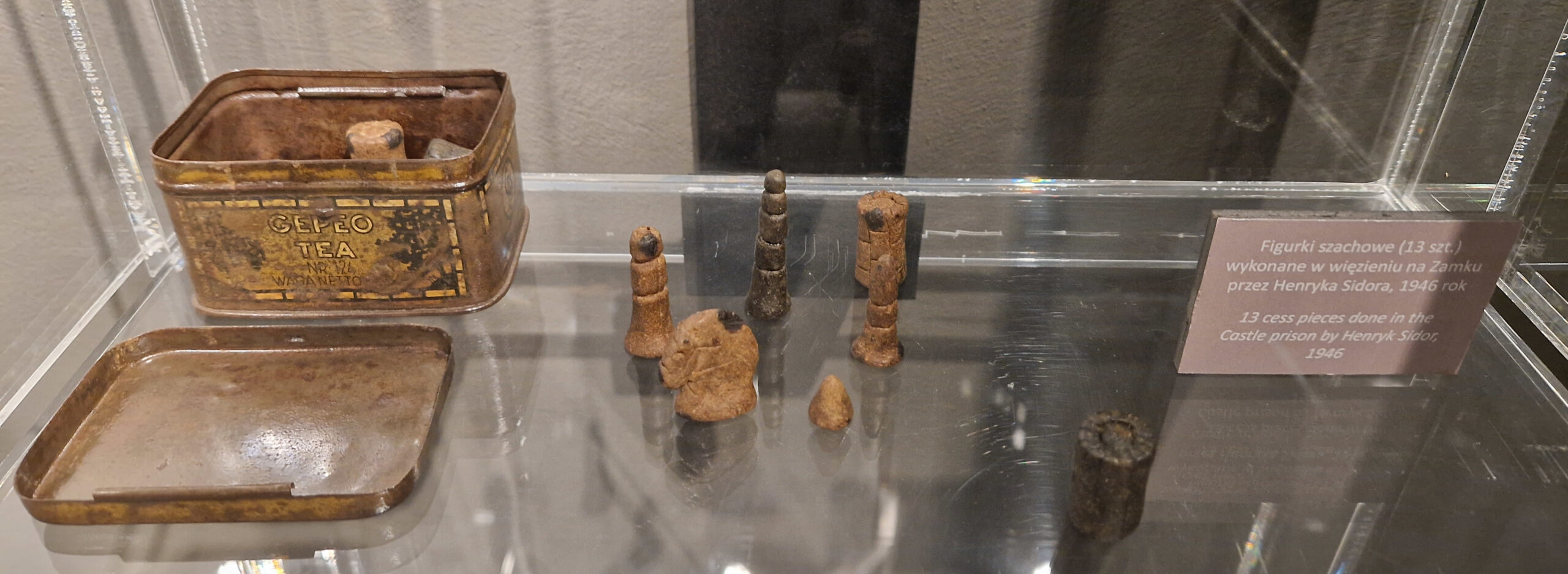
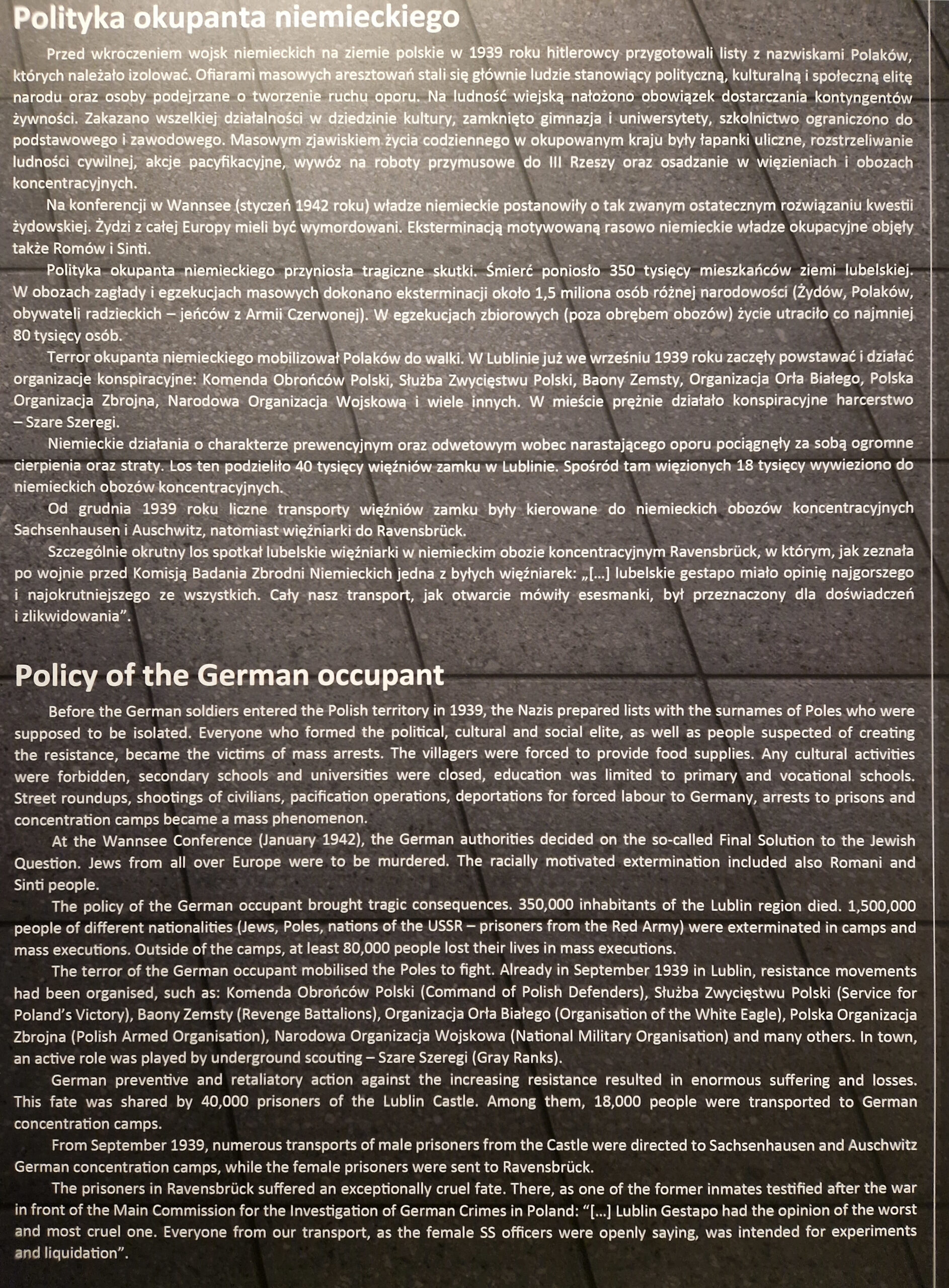

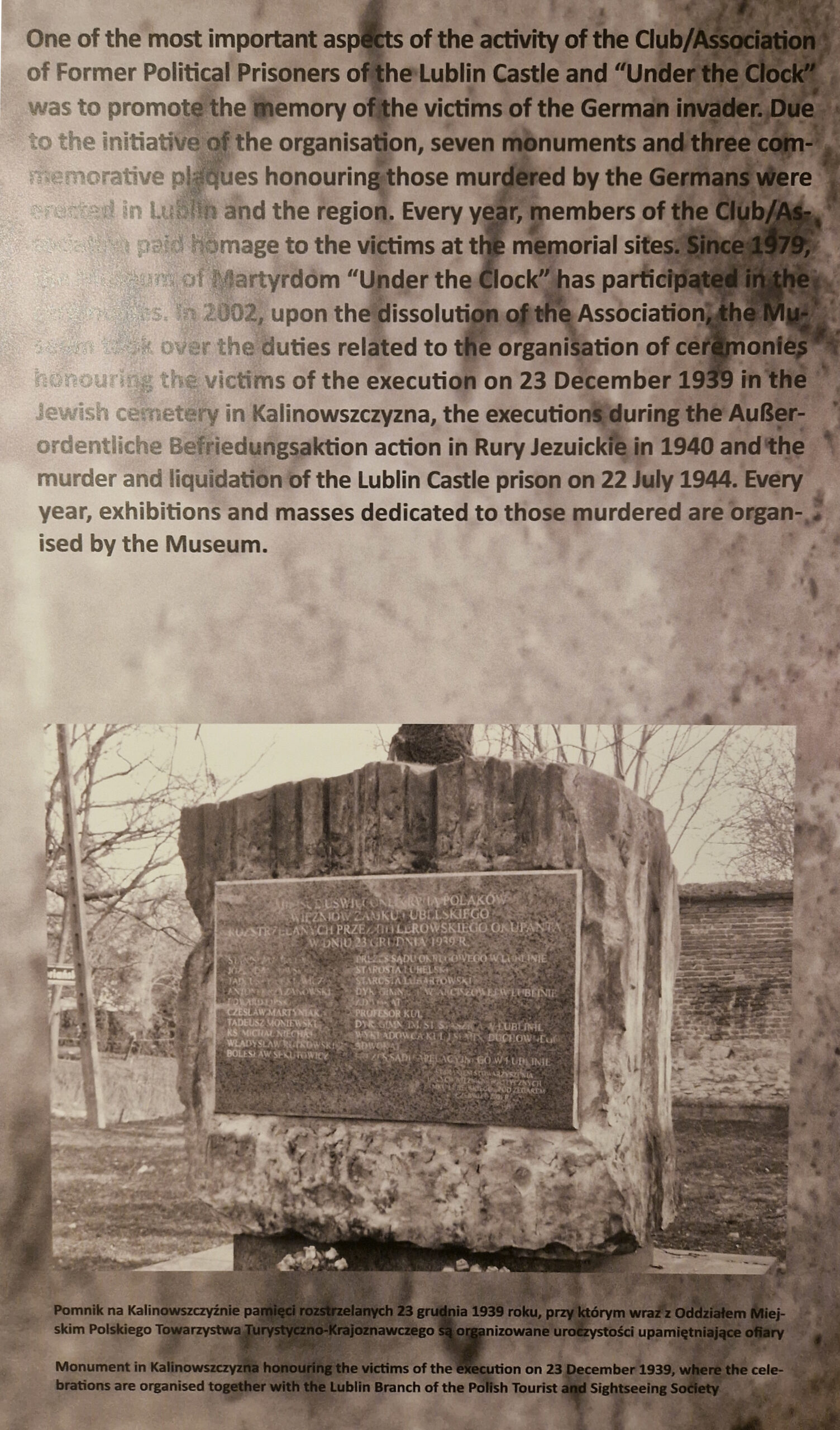
 This is clearly visible from the road, though it is not marked at all.
This is clearly visible from the road, though it is not marked at all.
